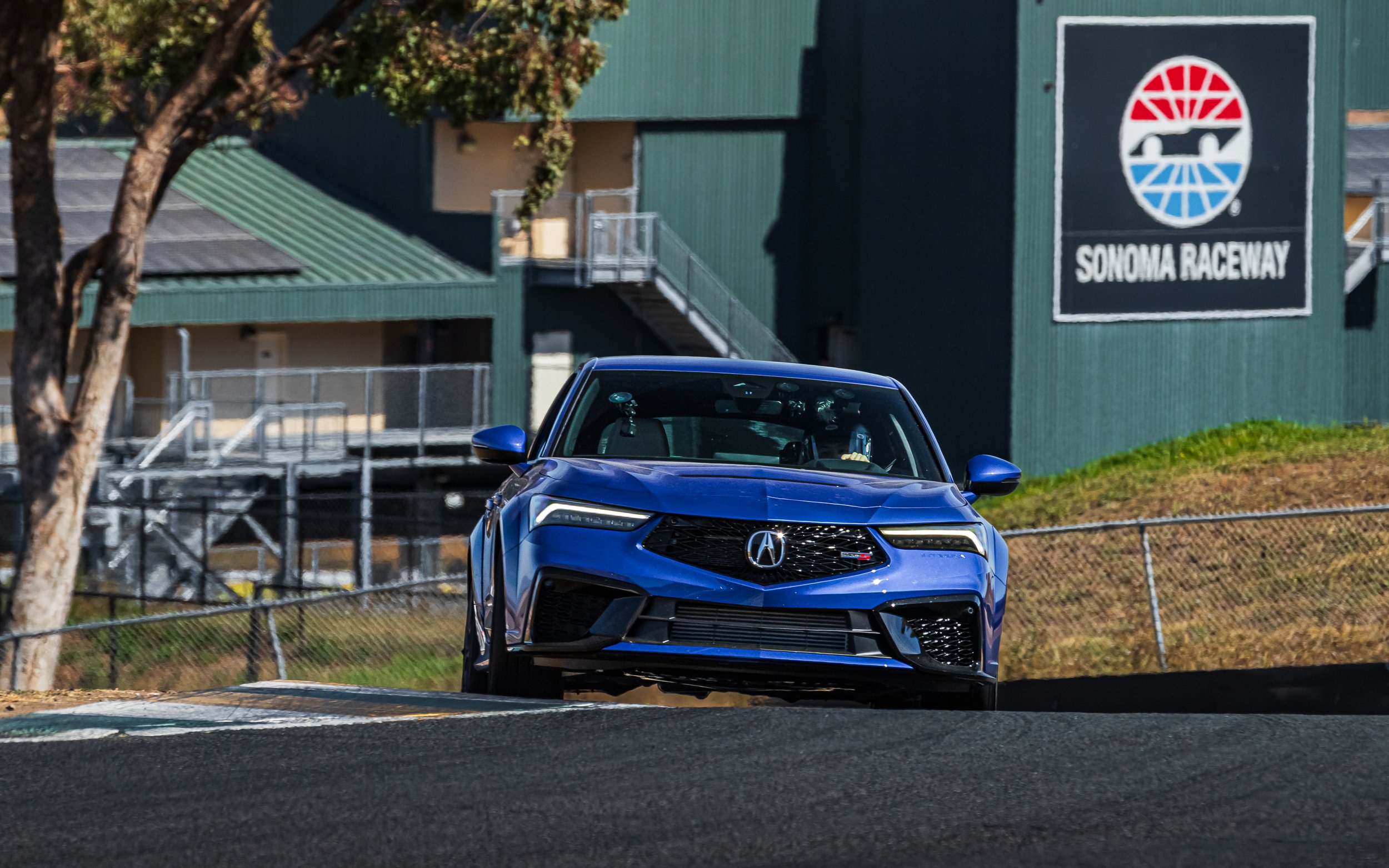
SpeedSF Blog
Every Build Has a Story – Meet the Cars of SpeedSF

Fenton's Integra Type S: A Change of Heart
While he was on the fence for a while with Acura’s bigger, boatier Integra, the Type S had enough of the right stuff to convince him to try this front-wheel drive super sedan.

Jacek's M3: In Good Hands
By leaving some of the tough questions to the talented guys at R-Crew, Jacek’s been able to enjoy four stress-free years of regular tracking with this E46 workhorse. Simple, clean, seriously quick, and always willing to turn another lap—this car has it all.
